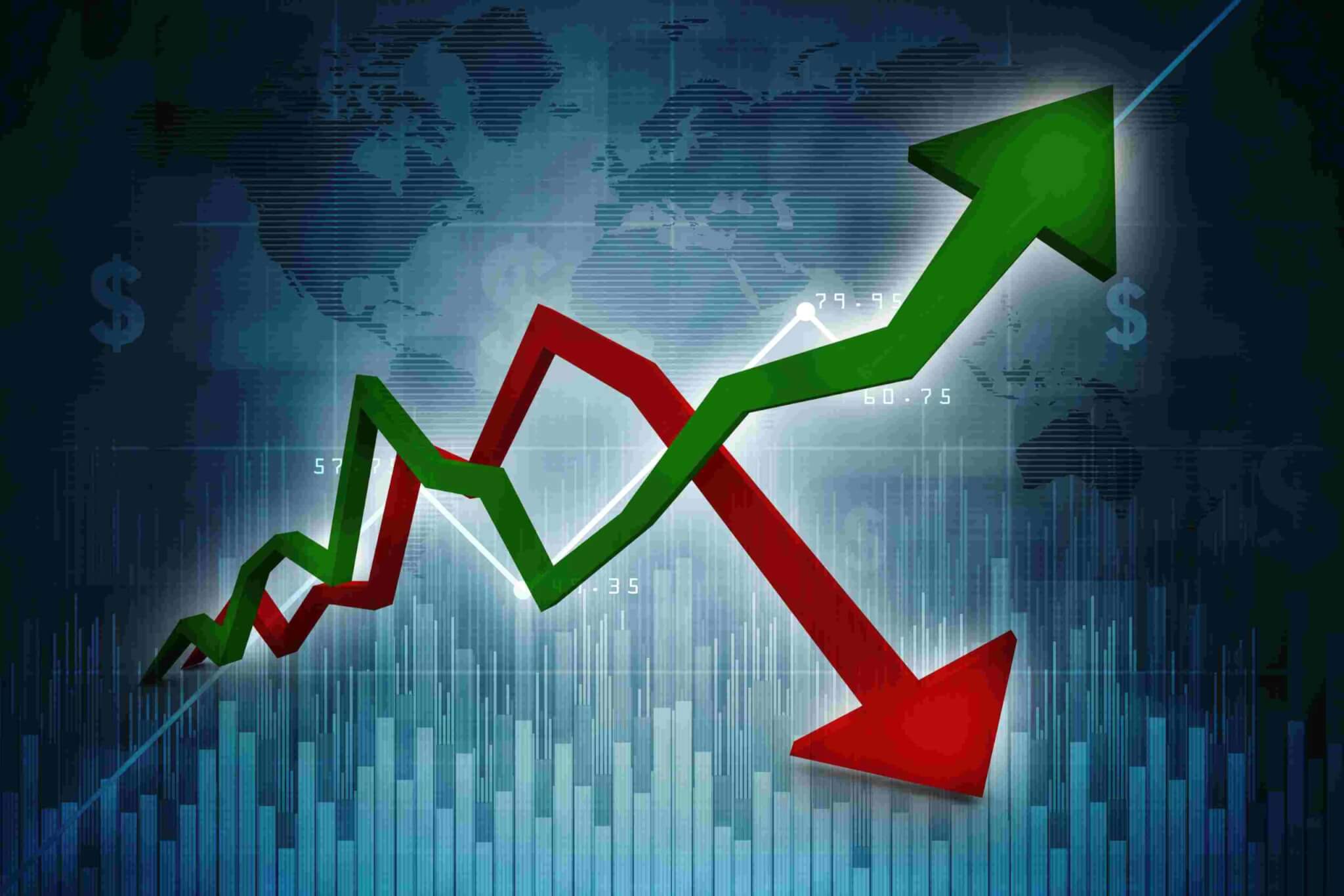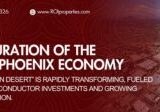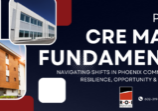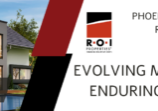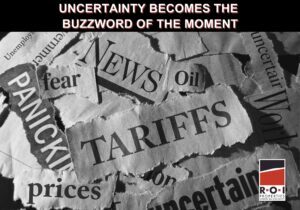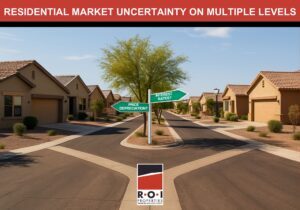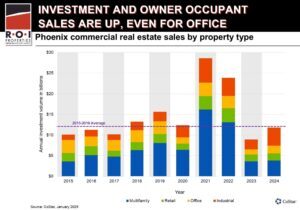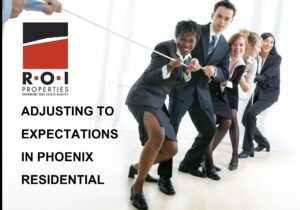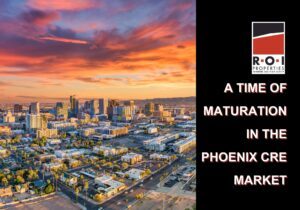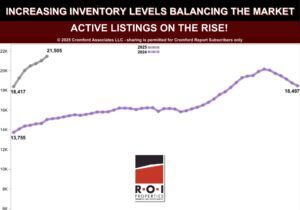At the beginning of April (which sure seems like ages ago), we posted a brief synopsis of our overall view of commercial real estate in Phoenix: CRE, Post-COVID. With nearly three months since the implementation of restrictions and just days into reopening businesses, we thought it was time to take a look at how the economic situation has evolved—and where we may be headed next.
Real estate, both commercial and residential, will always lag the overall economy. When you hear economists and analysts discussing the recession and eventual economic recovery, you will often hear them talk in terms of long and deep vs. short and shallow as we return to baseline performance. While recent months have been focused on flattening the pandemic curve, the attention is now focused on what the economic recovery curve may look like. The Brookings Institute recently outlined five different scenarios: Z-shaped and V-shaped (faster recovery, the most optimistic), U-shaped (drawn out recovery, somewhat pessimistic), W-shaped (what happens if we need another round of closures in the fall), or L-shaped (it will take years to recover, similar to the Great Recession of 2008-2009). The determining factors, Brookings says, include household ability and willingness to spend, state and local government finances, the health of businesses, and the amount of lost human capital. You can read the full article here: The ABCs of the post-COVID economic recovery.
The state of Arizona, the city of Phoenix, and the commercial real estate market in particular, are affected by all of those different factors in various ways. Even with the relaxing of restrictions, it is unknown what will happen with unemployment and related items such as bankruptcies and foreclosures. Another question is whether the exodus of Californians and businesses—a boon in the past few years—will continue. (If Elon Musk’s recent brush with authorities is any indication, the answer is yes.) At the moment, we have continued to see the same volume of California buyers coming here to acquire properties on an investment basis.
Because the commercial sector lags the economy, the overall situation has not changed as much as one might guess. With the disappearance of spring high season, hospitality has been impacted dramatically, and there will be a significant question about whether many hotel and restaurant properties can reopen or need to turn to alternative uses. (For more details on restaurants, please see our post Challenges Are Baked in for Phoenix Restaurant Real Estate.) Retail projects are likely to be seeing more mixed-use opportunities, with a blend of condos, apartments, offices, restaurants, and shopping—much the way Scottsdale Fashion Square has evolved as a village-type concept. Initial indications are that our nationwide experiment in working from home may have long-term implications for the office sector, with footprints contracting and shared spaces and subleases increasing. Coworking spaces, an industry darling in recent years, have a tough row to hoe until social distancing is no longer necessary or preferred by independent business people. Meanwhile, the industrial sector seems to be cruising along just fine.
With restrictions lifting, and assuming that further outbreaks can be managed without the drastic measures of the past few months, it’s not too soon to start preparing mentally and financially for a variety of recovery scenarios. If you are looking for a reason to be optimistic, the pent-up demand could help the Phoenix economy heat up a bit more than usual over the summer—hopefully tiding us over to when snowbirds, tourists, and business travelers migrate to the desert Southwest again in the fall.
